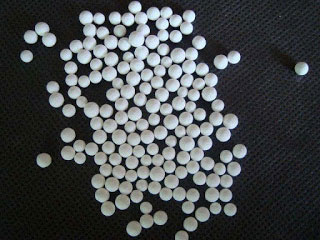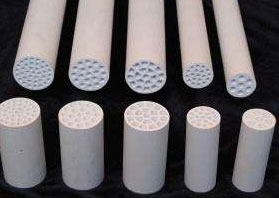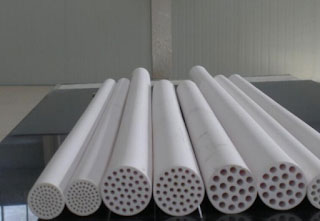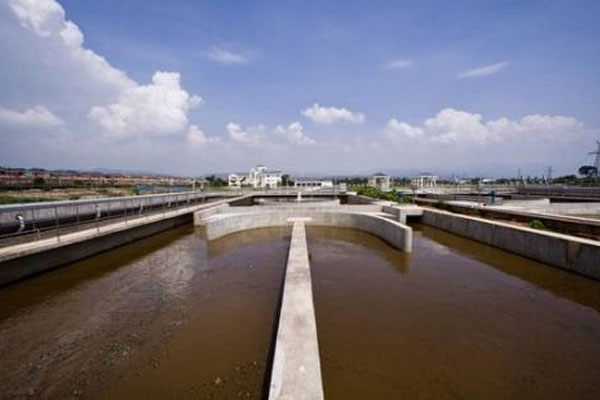1. Structure
Ceramic membrane is one of the inorganic membranes, which belongs to the solid membrane material in membrane separation technology. It is mainly made of inorganic ceramic materials of different specifications, such as aluminium oxide, zirconia, titanium oxide and so on, which are used as supporting materials and are coated on the surface for many times and fired at high temperature. Commercial ceramic membranes usually have three layers (porous support layer, transition layer and separation layer) with asymmetric distribution. The pore size ranges from 1nm to 1.2um. The filtration accuracy covers microfiltration, ultrafiltration and nanofiltration.
According to the different supports, the configurations of the
ceramic membrane design can be divided into three types: flat, tubular and multi-channel. Ceramic membranes are mainly used for filtration and separation of liquid and gaseous mixtures because of their acid and alkali resistance, high temperature resistance, chemical stability in extreme environments, and small pore size (usually less than 0.2 um) of commercialized ceramic membranes.
2. Characteristics
Compared with traditional polymer separation membranes,
ceramic membranes in the
ceramic membrane design have the advantages of good chemical stability, acid, alkali and organic solvent resistance, high mechanical strength, reverse flushing, strong microbial resistance, high temperature resistance, narrow pore size distribution and high separation efficiency. They are widely used in food industry, bioengineering, environmental engineering, chemical industry, petrochemical industry and metallurgical industry. Domain has been widely used.
3. Principle
Ceramic membrane separation process is a "cross-flow filtration" type of fluid separation process: the raw material liquid flows at high speed in the membrane tube, the clarification osmosis containing small molecular components penetrates through the membrane vertically under pressure, and the turbid concentrate containing large molecular components is intercepted by the membrane, so that the fluid can be separated, concentrated and purified.
Ceramic membranes can be divided into microfiltration (pore size greater than 50 nm), ultrafiltration (pore size 2-50 nm), nanofiltration (pore size less than 2 nm), and so on. When separating, under the action of external force, small molecule substances pass through the membrane and macromolecule substances are intercepted by the membrane, so as to achieve the purposes of separation, concentration, purification, impurity removal and bactericidal removal.
 Application Of Ceramic Membranes In Wine Industry And Its Application Prospects
01 Feb 2019
Application Of Ceramic Membranes In Wine Industry And Its Application Prospects
01 Feb 2019
 Ceramic Membrane For Traditional Chinese Medicine Production And Plant Extraction
05 Feb 2019
Ceramic Membrane For Traditional Chinese Medicine Production And Plant Extraction
05 Feb 2019
 Application Of Ceramic Membrane Equipment In Transformer Oil And Gas Separation
12 Feb 2019
Application Of Ceramic Membrane Equipment In Transformer Oil And Gas Separation
12 Feb 2019
 Ceramic Membranes Are Used In The Automotive Field Due To Their Good Performance
27 Jan 2019
Ceramic Membranes Are Used In The Automotive Field Due To Their Good Performance
27 Jan 2019



 +86-25-58849045
+86-25-58849045 
 No. 9 Yuansi Road, Pukou, Nanjing, Jiangsu, China 211808
No. 9 Yuansi Road, Pukou, Nanjing, Jiangsu, China 211808